“Did you know Big Boi loves Kate Bush?” I croaked on the phone to my boyfriend Chris in between bouts of hacking up a lung.
By then I had been in bed for three days fighting some heinous respiratory/headache/fever combo sent up from the worst parts of hell or the airport at Thanksgiving, depending on which you think is worse. Of the things that got me through, besides lemon-mint cough drops and hot cereal, my favorite was my repeated trip to Amoeba Music’s YouTube Channel for their What’s in My Bag? series.
For the uninitiated, California’s legendary independent record store Amoeba Music—with locations in Berkeley, Hollywood, and San Francisco—has been producing what’s now a Webby Award-winning YouTube series called What’s in My Bag? for 18 seasons, starting some 16 years ago. In each video, which is usually less than 15 minutes, artists from across the cultural spectrum—musicians, actors, comedians, and directors among them—choose items from Amoeba to put into one of the store’s famed tote bags, then discuss their collections for the camera, thereby answering the series' eponymous question. Amoeba then plays sound and video clips of everything so you can hear and see what’s going on, too.
- YouTubewww.youtube.com
Chris and I first stumbled upon What’s in My Bag? many years too late, (a few weeks ago to be exact), and I was instantly taken with it, making notes on my phone about all these different artists I liked anew, or for the first time. I remember a while ago Spotify sent some notification that people tend to stop listening to new music around age 33. While my first thought was, “Ugh, rude,” because that was probably an age I was approaching at the time, I took it to heart. Whenever I notice I’m stuck in my own modes I try to expand, at least a little. As Chris played different videos, I let Marc Maron recommend me Free and their guitarist Paul Kossoff; let Matt Berry recommend me Tennis; let Pom Pom Squad recommend me Sonic Youth’s Daydream Nation. I was hooked. When I ended up in a swirling sinus-and-body-ache tornado this week, I sat enraptured again, video after video. At my core I am still a curious little knowledge beast (read: journalist), even when I am coughing my chest into the next millennium. Because I could sit there and not only listen to great music but learn for pleasure, I was able to find some joy amidst all the throat lozenges.
In the same way that Architectural Digest’s home tours give us insight into who a person is, so too does What’s in My Bag? And in an age where all of us, whether we know it or not, are struggling for human connection, What’s in My Bag? offers this in a way that’s wholly accessible. While not all of us will be able to custom-design the mansion-on-the-lake of our dreams, for example, it may be significantly easier for us to visit Amoeba and go shopping, to even pick up one of the albums or books or movies or t-shirts we see in the series. It is a slightly more down-to-earth version of "aspirational." It also humanizes these seemingly larger than life stars, asking both them and us to remember that for a few minutes everyone involved here is just a person with tastes formed by the lives we’ve lived.
- YouTubewww.youtube.com
A longtime music nerd, my education began in record stores not unlike Amoeba–RIP Fort Lauderdale’s All Books and Records and Radio-Active Records—and I’ve always held fast to the idea, as many have, that we can learn so much about people not just by looking at their taste in music, but listening to how they talk about it. One of the many things Amoeba’s series does so well is it lets these artists share kernels of themselves when they tell stories about how they came to a particular musician, book, or film–where they were when they heard it the first time, why they love it, who showed it to them, what they’ve shared with their families, and more.
Among my favorite moments in the videos I watched was Big Boi, of OutKast fame, waxing poetic about his love of British songstress Kate Bush. Praising her for her poetry and innovation, he also shared that he was introduced to her by his uncle. “Music supposed to evoke emotion and make people feel a certain way, whether it’s happy or sad or [it makes] you think, so I love Kate Bush,” he says, as the singer’s operatic voice plays behind him. Another was the lovely Flea in a video with writer and producer Amy-Jo Albany (daughter of jazz pianist Joe Albany) talking about a box set of music by the gifted, eccentric pianist Glenn Gould playing Bach orchestrations. After taking two years off of the Red Hot Chili Peppers to study music, Flea had discovered a love of Bach, he said, and found in Gould his favorite Bach pianist. I loved listening to Alice Bag talk about rad Xicano musicians and rock and roll gals she admired and got a great reminder from Orville Peck to listen to more Bobbie Gentry. And saints preserve us, what an education from Nick Waterhouse on jazz, R&B, and bebop from the 1950s and 1960s (plus, he talked about Jackie Shane, who I had just written about for this very site; the video was five years old, but still...exciting!).
I’m sure I’m not the only person who’s prone to feeling isolated when they’re sick. Watching What’s in My Bag? made me feel like I had company, maybe in the same parasocial way that podcasts make us feel like its hosts are our friends. I had headaches and backaches and coughing fits, but for a few minutes at a time they didn’t have to be the center of my universe. I was able to take a break from 101.8 degree-fever reality and instead imagine what I would look for at Amoeba, what treasures its vast spaces held in store for me. Maybe Chris and I could make What’s in My Bag? videos of our own there (do they have non-famouses like us doing that all the time now?) and cross our fingers they wouldn’t kick us out before we finished. One day I’ll have the tote bag in my sights. I’ve already started my list.
- YouTubewww.youtube.com





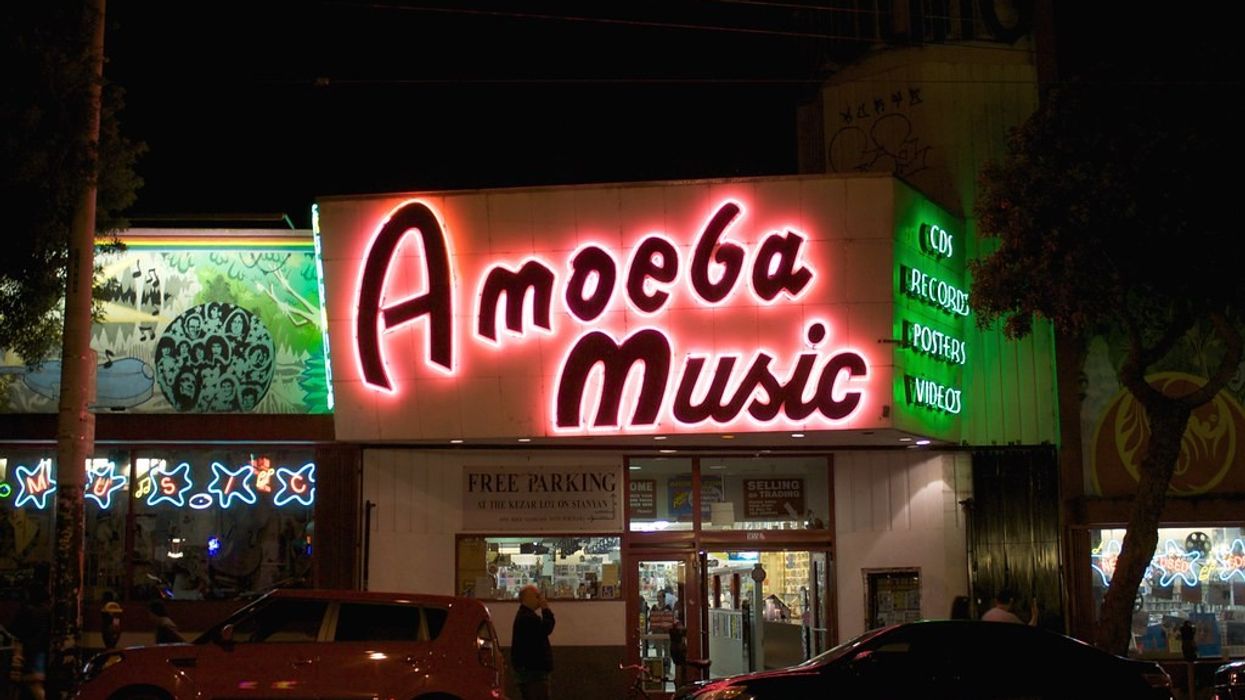


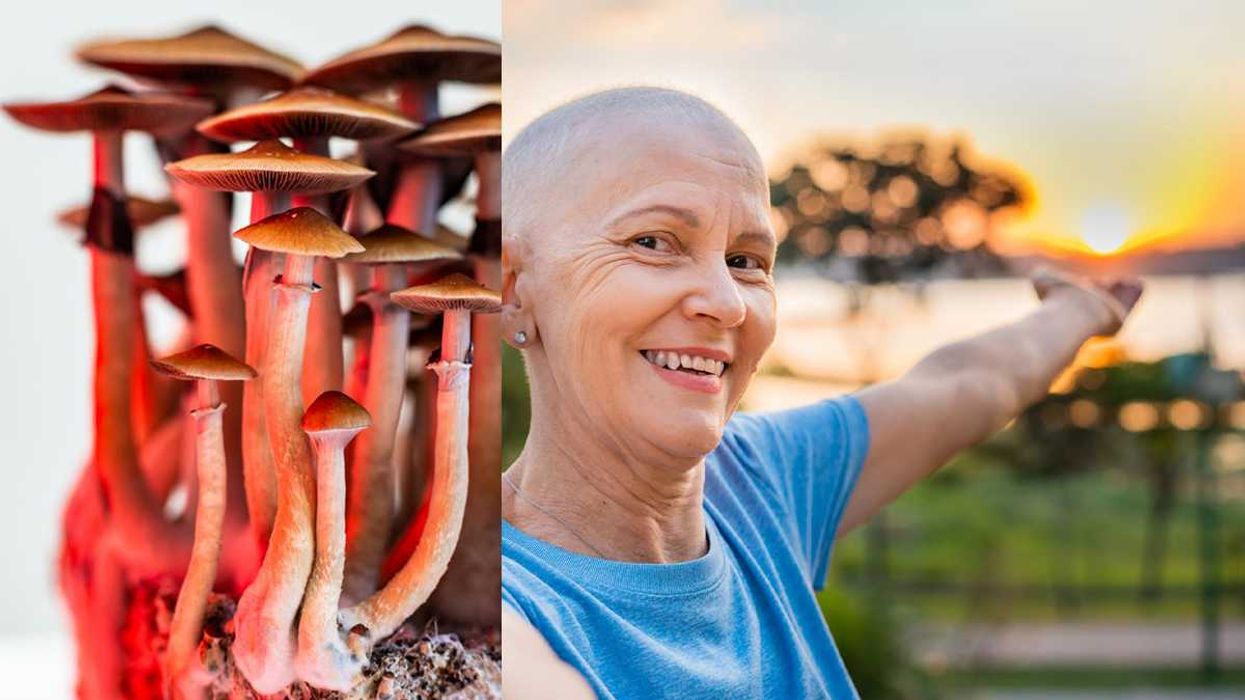
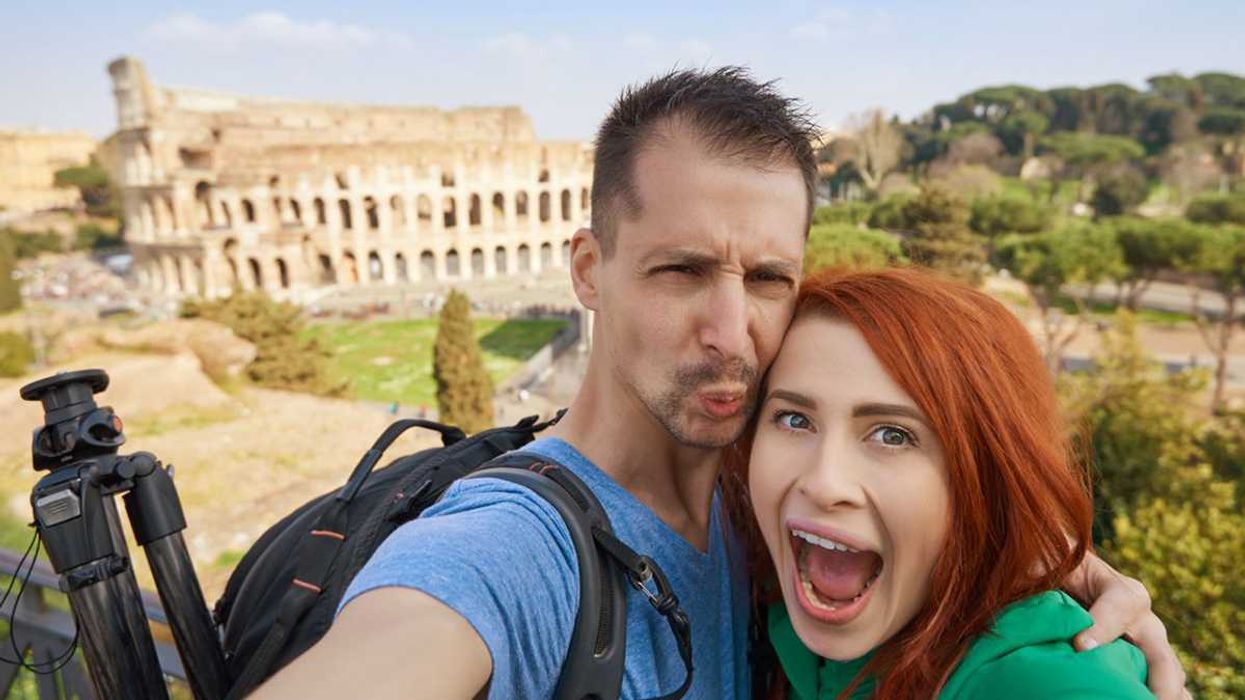

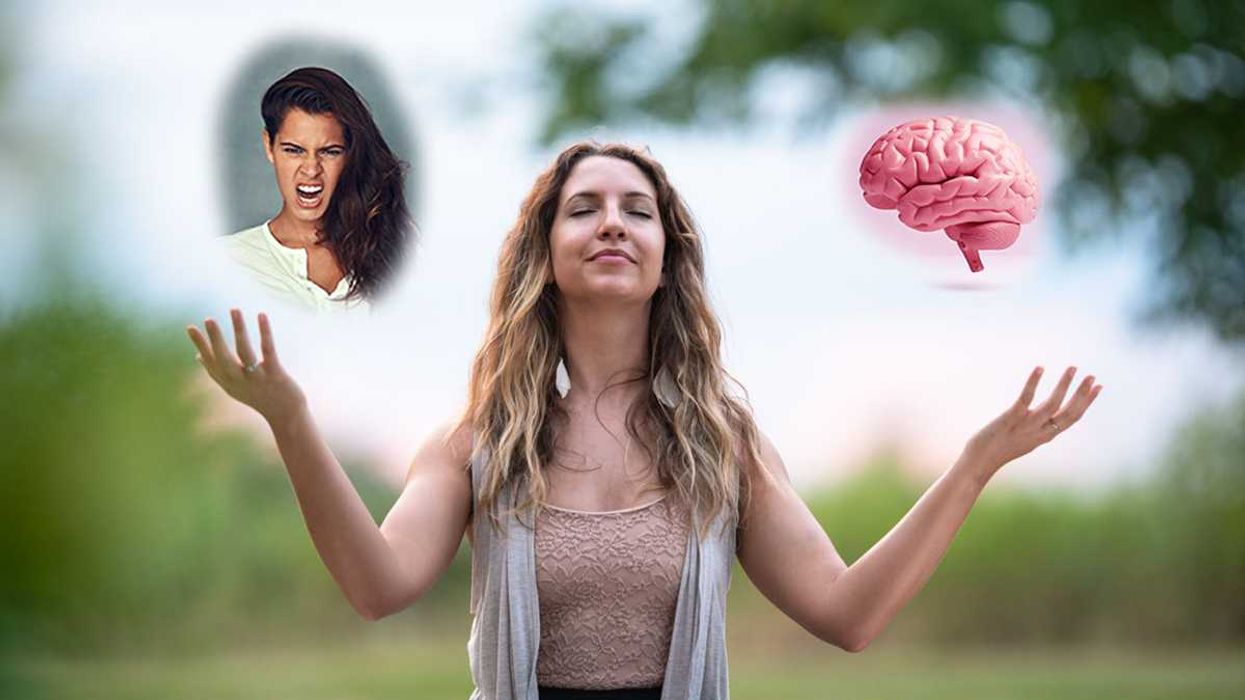

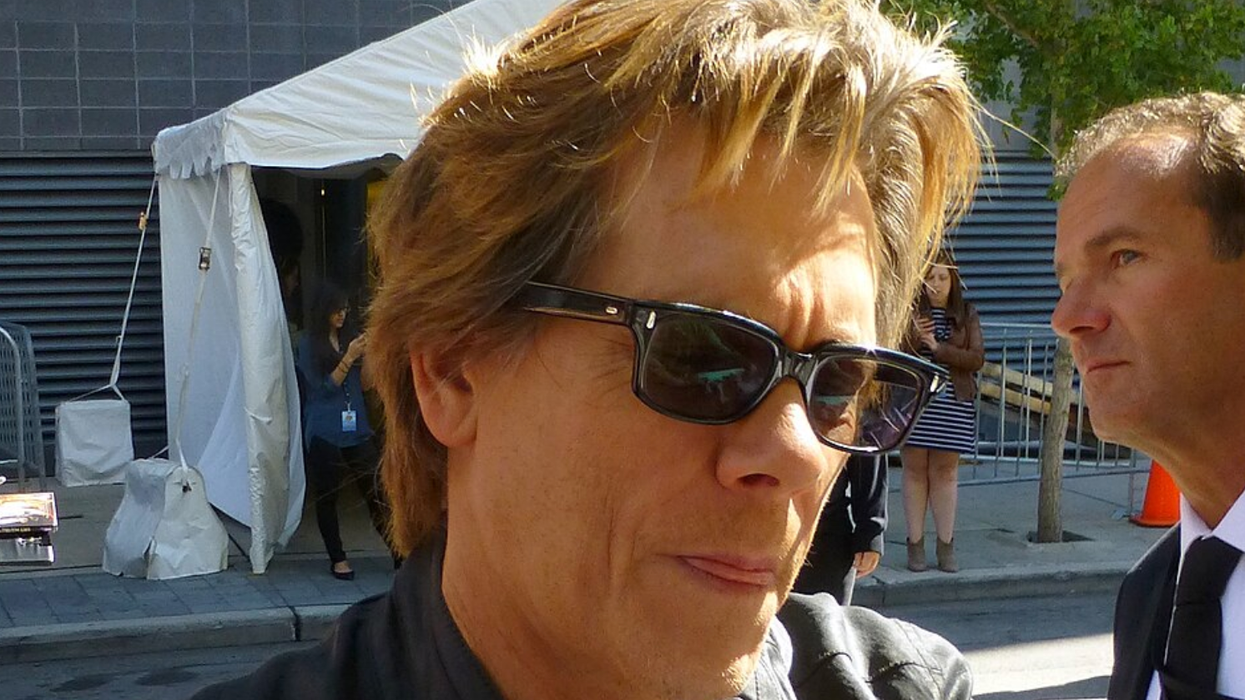
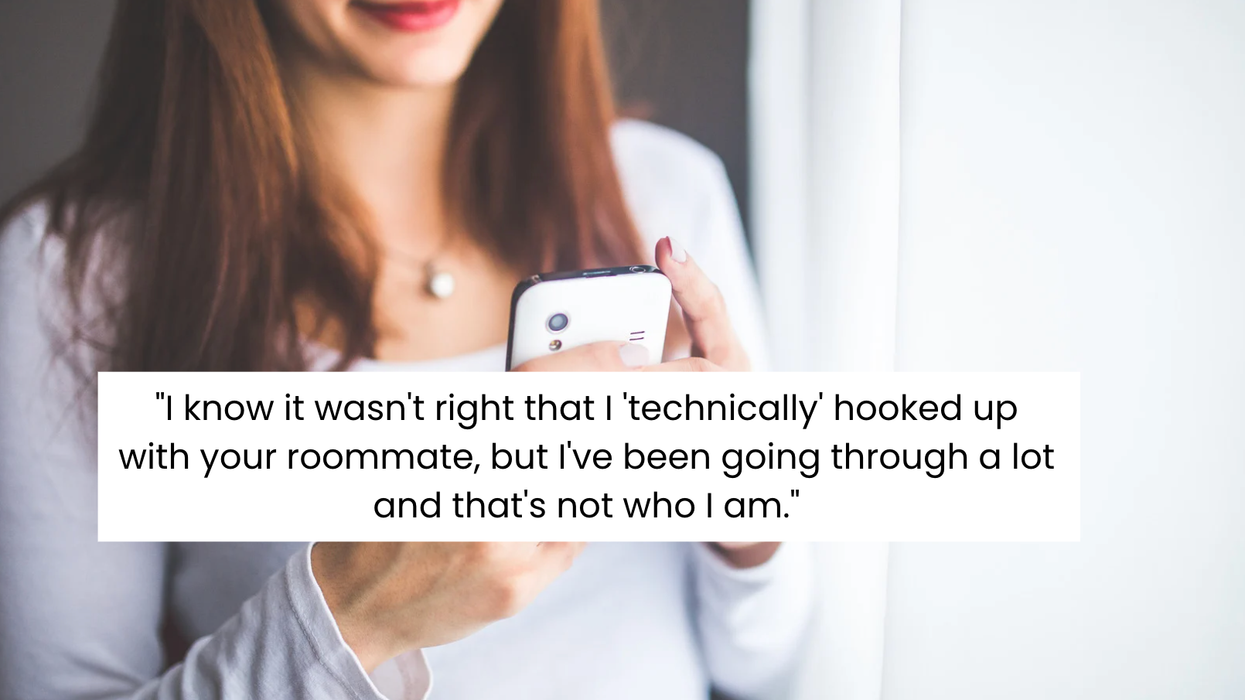
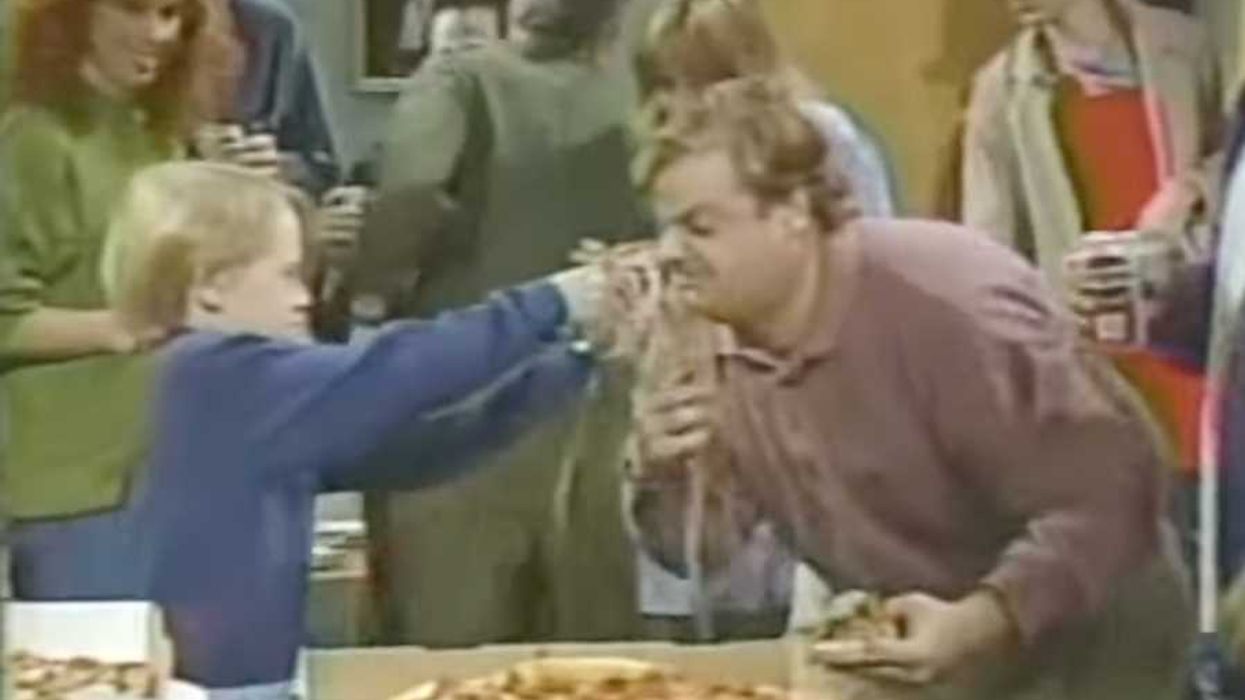
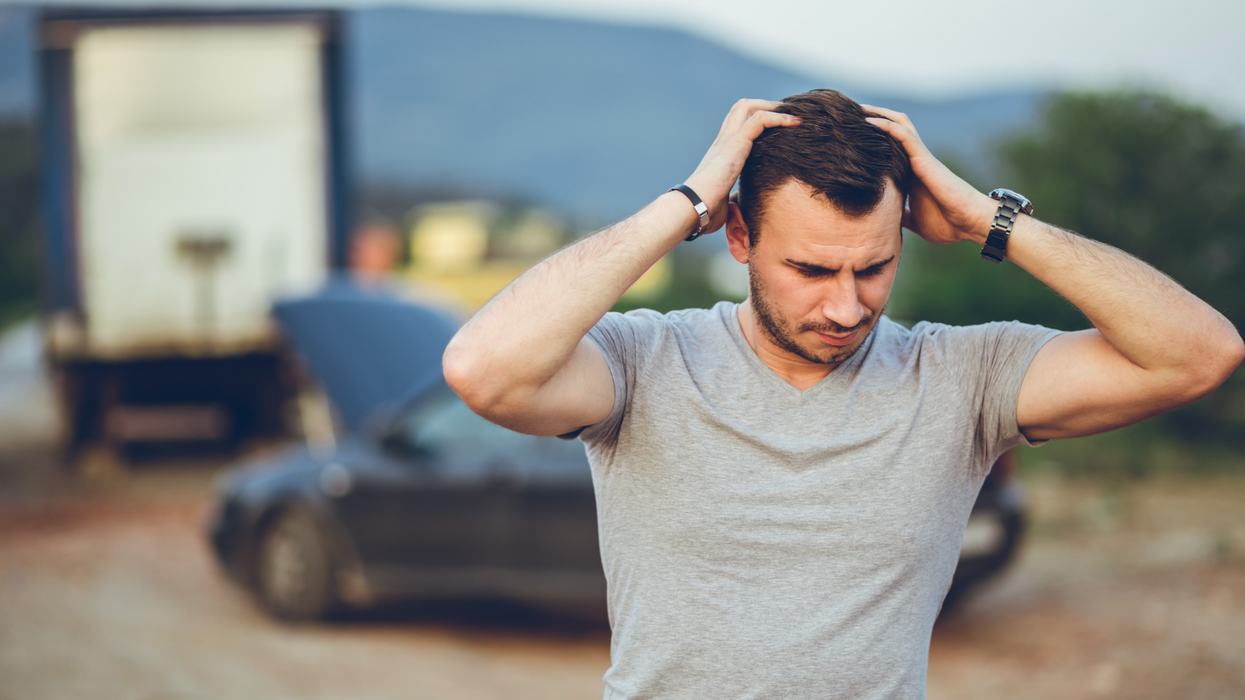
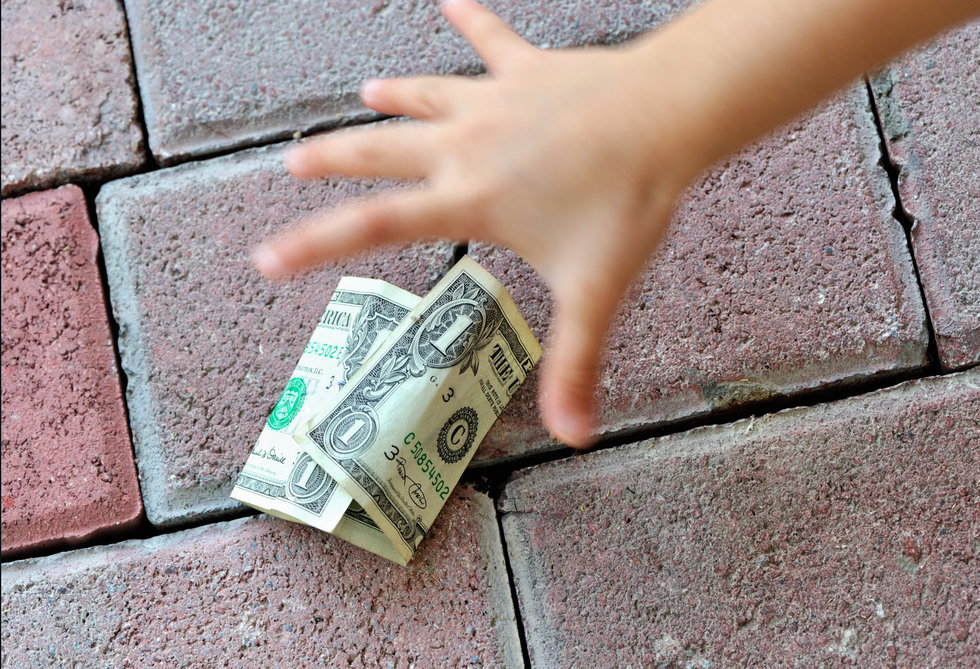 A hand reaches for some money on the groundCanva
A hand reaches for some money on the groundCanva
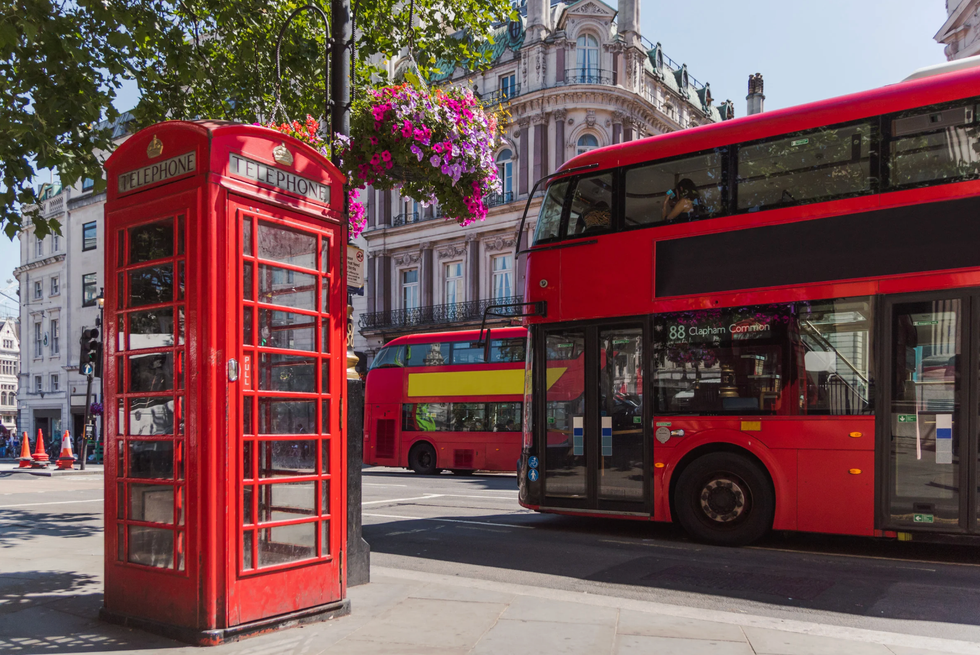 A double-decker bus and an English phone boothCanva
A double-decker bus and an English phone boothCanva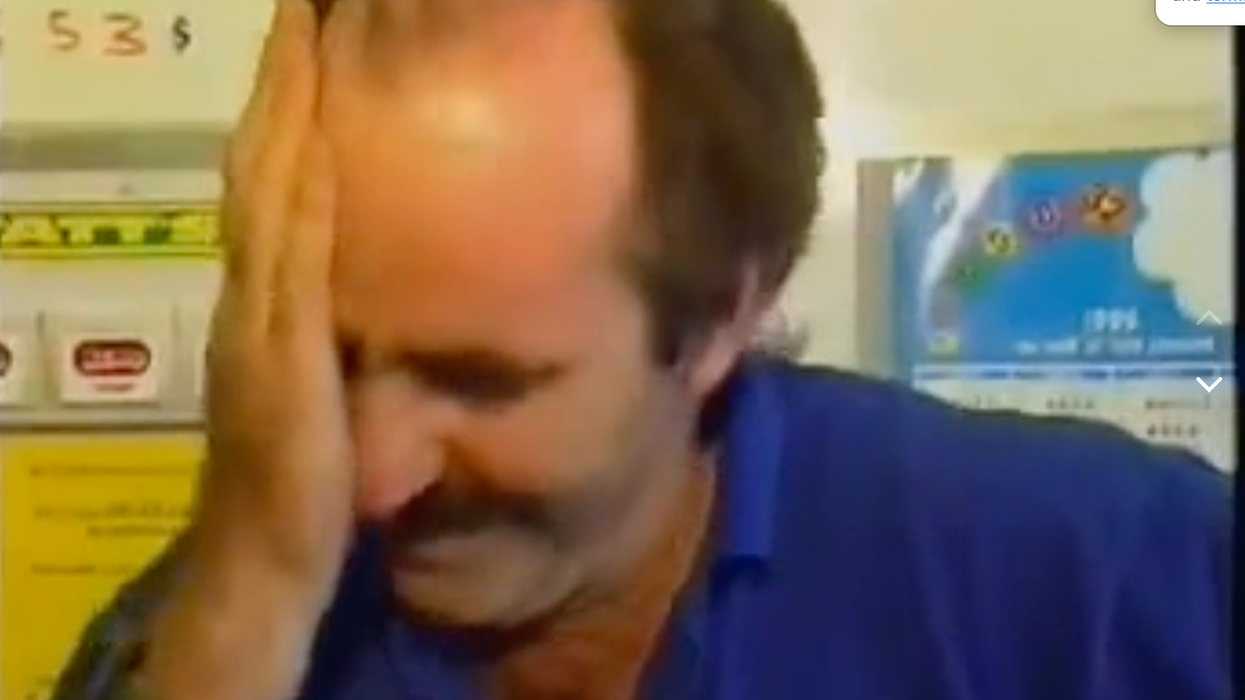
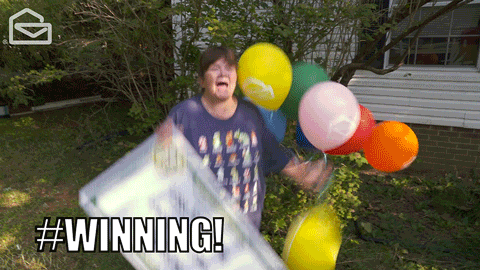 Woman celebrating with hashtag #winning via
Woman celebrating with hashtag #winning via 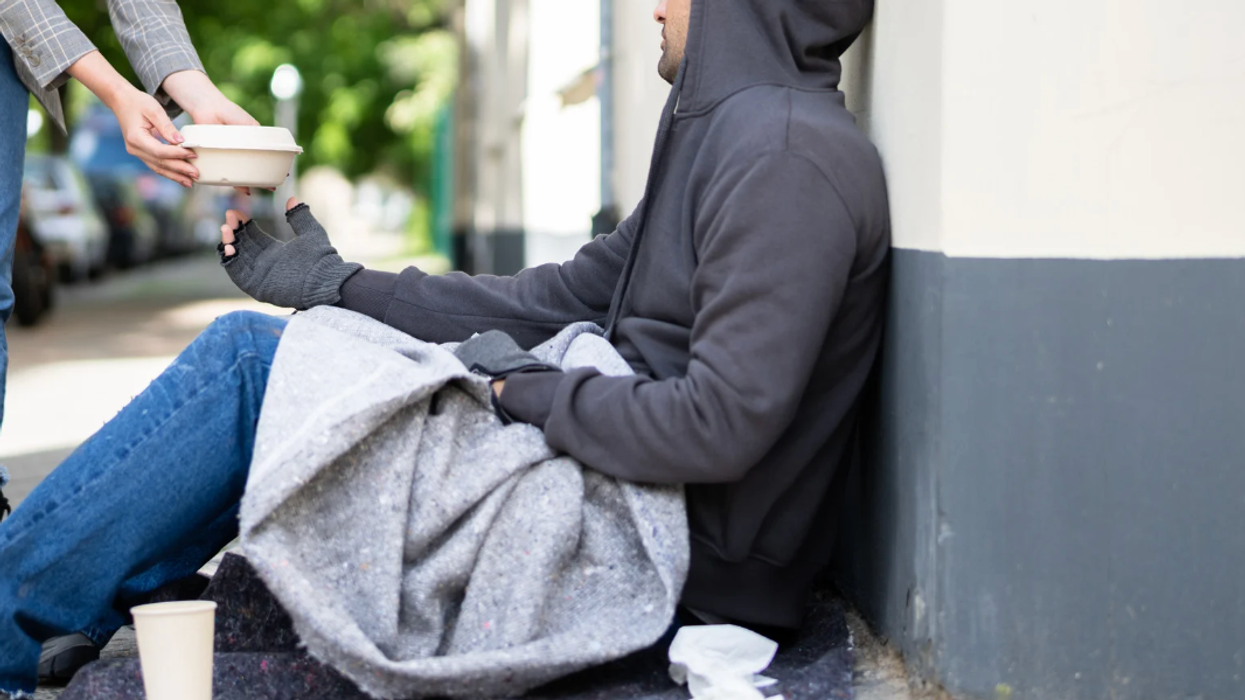
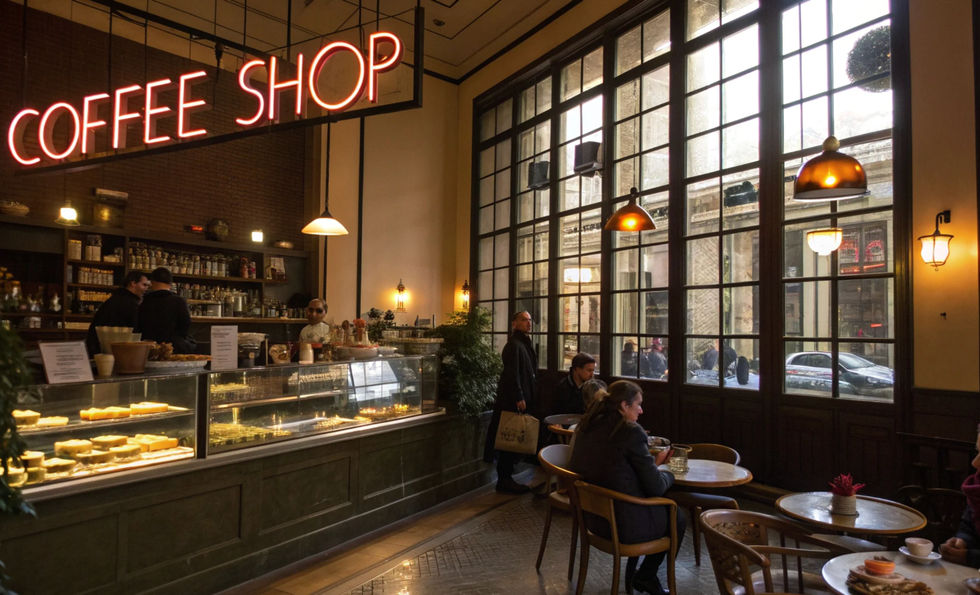 A coffee shop in the middle of the dayCanva
A coffee shop in the middle of the dayCanva

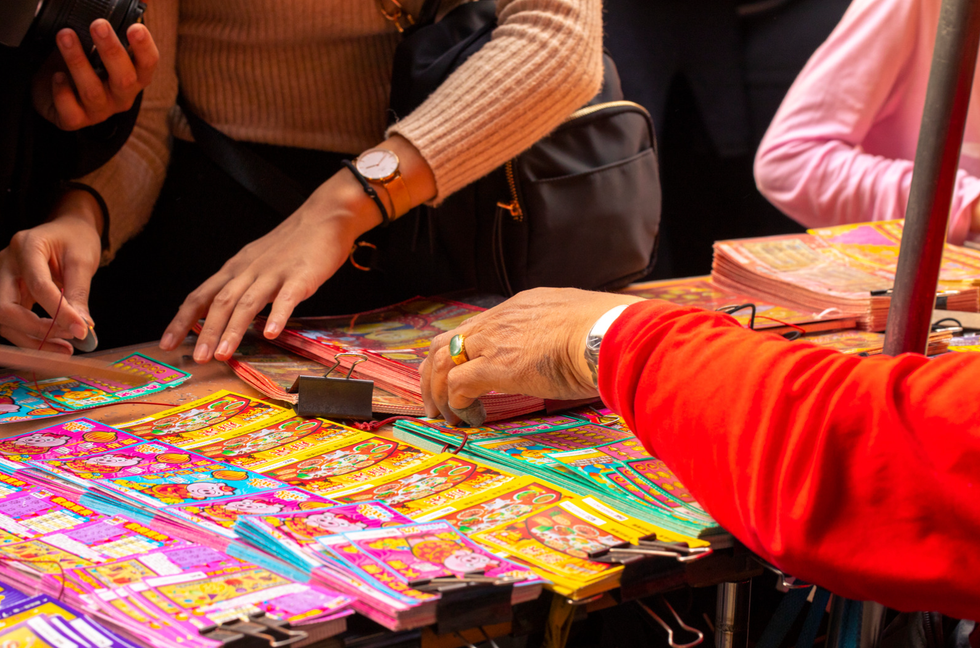 Several people scratching off lotto ticketsCanva
Several people scratching off lotto ticketsCanva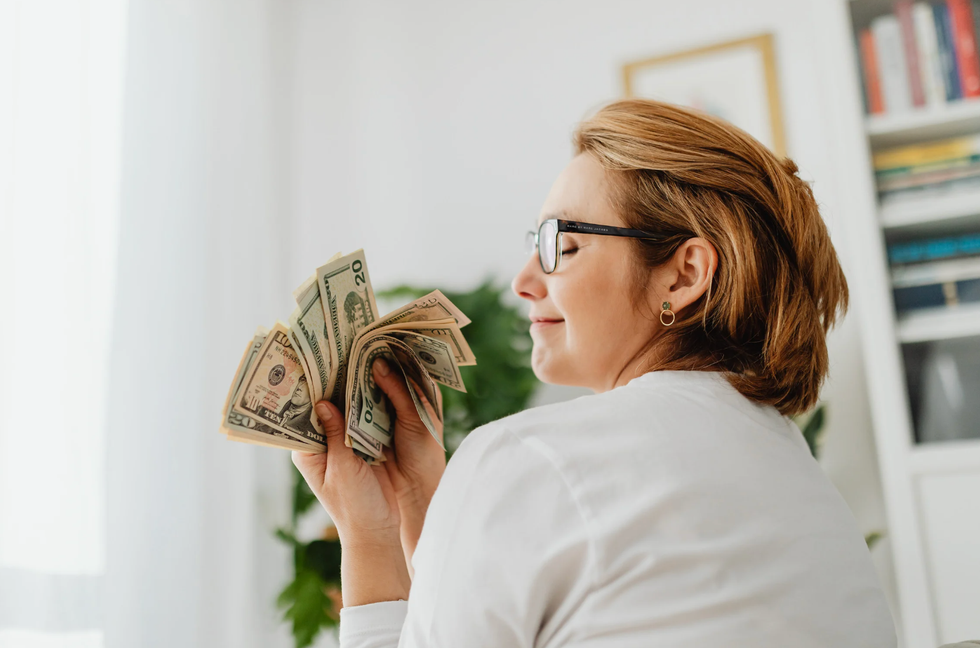 A woman fans out a bunch of cash
A woman fans out a bunch of cash
 Portrait of Fryderyk Chopin.Maria Wodzińska/
Portrait of Fryderyk Chopin.Maria Wodzińska/ 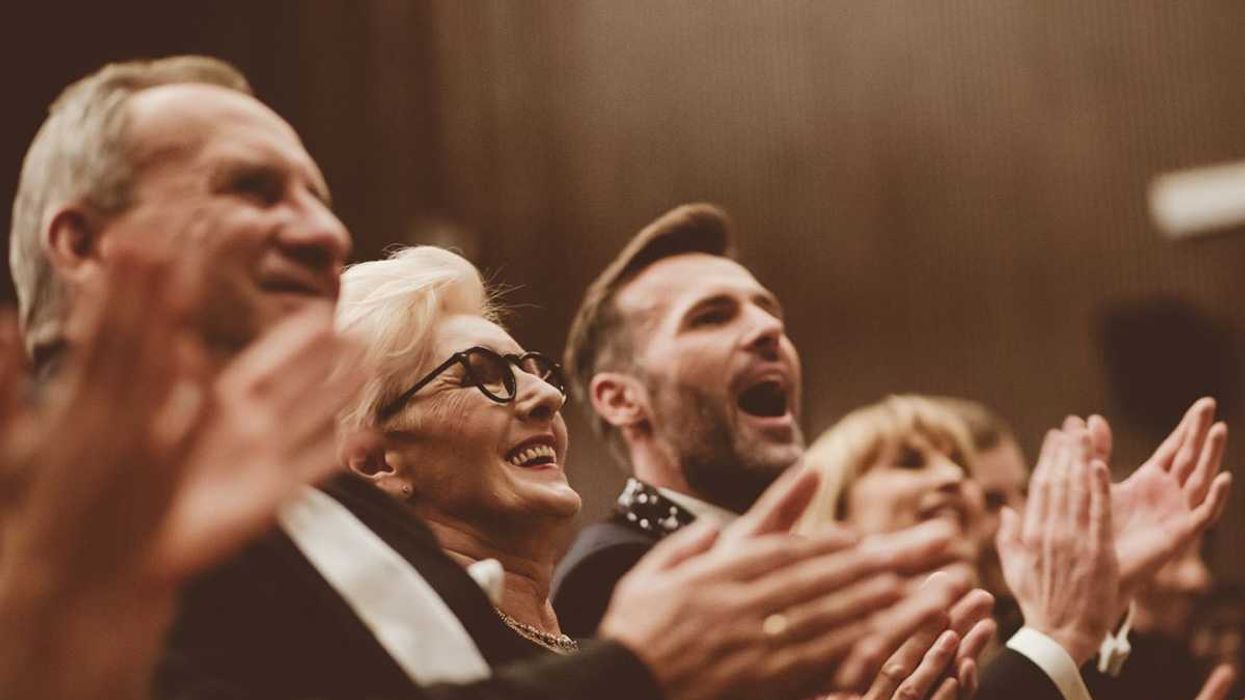 A standing ovation.Photo credit
A standing ovation.Photo credit 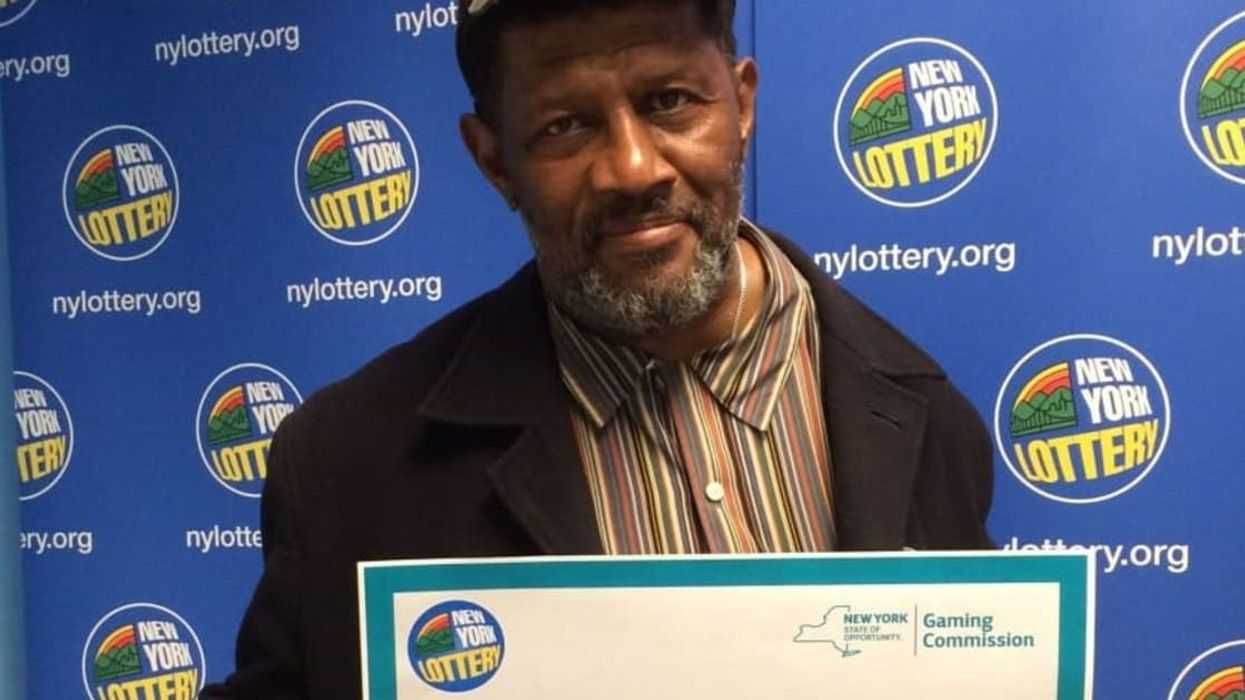
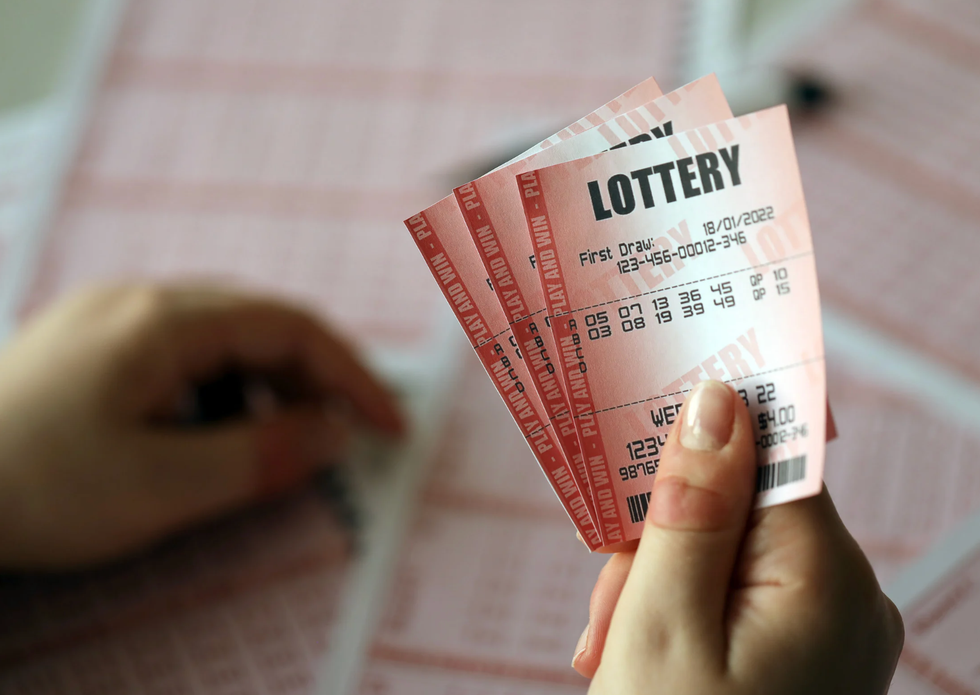 A hand holds multiple lottery ticketsCanva
A hand holds multiple lottery ticketsCanva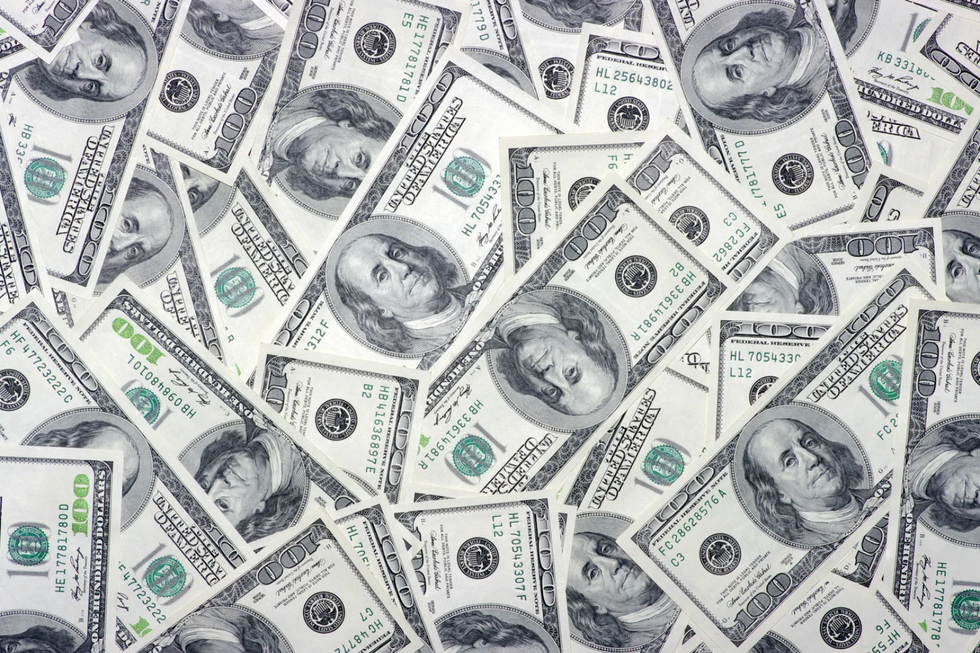 Hundred dollar bills spread outCanva
Hundred dollar bills spread outCanva